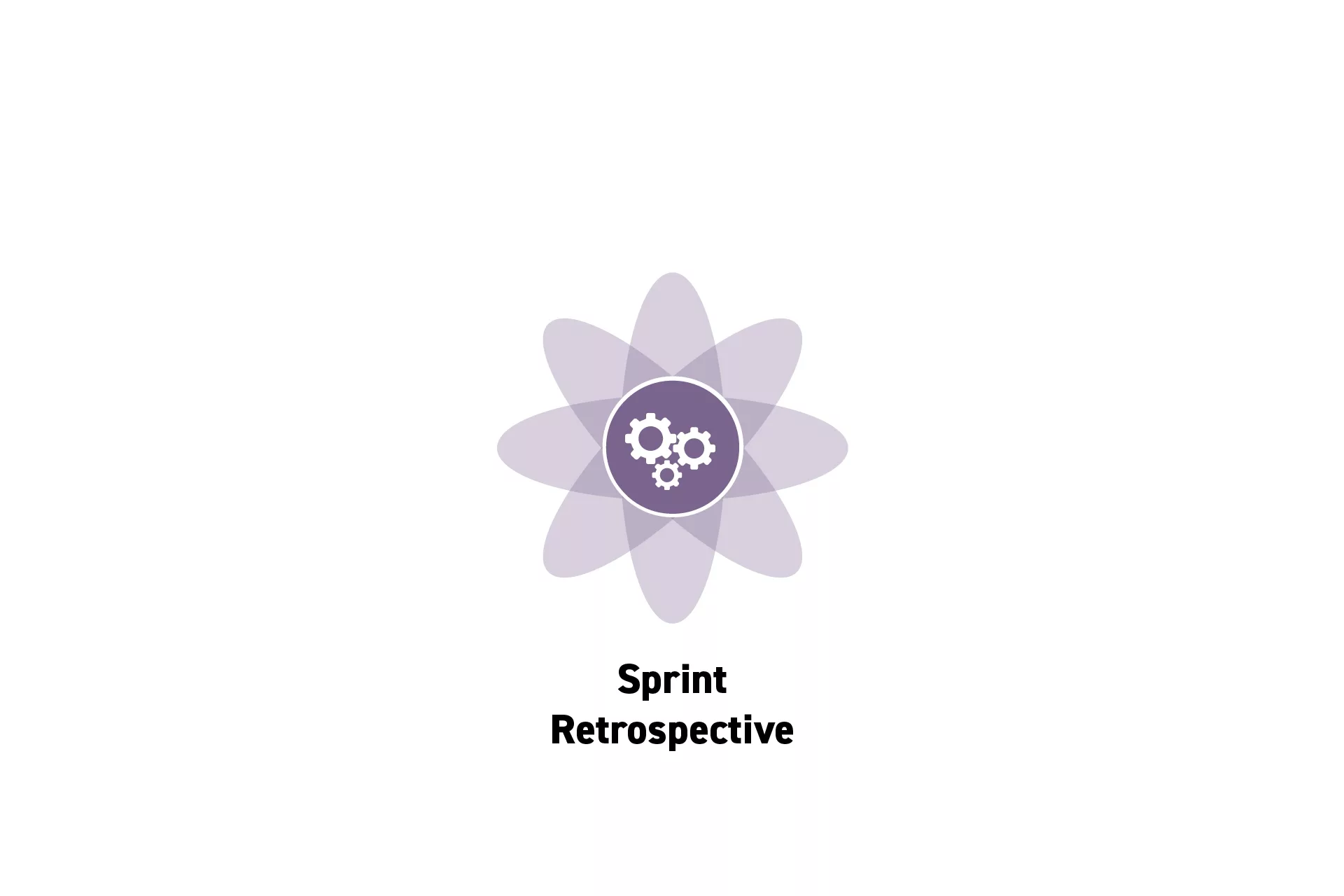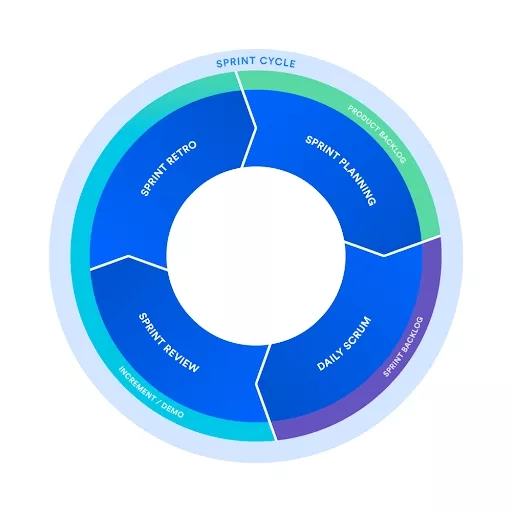How to perform a Sprint Retrospective
A three step process to conducting Sprint Retrospectives.

A three step process to conducting Sprint Retrospectives.
SubscribeWhat is a Sprint Retrospective?Sprint Retrospectives are one of the key ceremonies of Scrum and are intended to help teams reflect on the work that has been done and how they can improve going forward.
Step One: Ask everyone to come with thoughts
At the end of the Sprint Review, ask everyone to take down at one to three thoughts for each of the following questions:
- What went well?
- What could have gone better?
- What went wrong?
These points should never be personal and it's okay if the team does not have thoughts for each point but ask them to be honest with themselves on the work that took place.
Step Two: Setup the Meeting
Send a calendar invite for an in-person or video call to hold the retrospective.
We recommend you setup a FigJam or bring post its to help individuals write down their thoughts and to visualize how the team is feeling.
Step Three: Hold the Retrospective
Meet with the team and lead the meeting. Here are some tips:
- You may wish to share how the burndown charts have evolved over the past few sprints.
- Allow each member should be given three to five minutes to discuss their points.
- Prompt the team to give their thoughts on the points mentioned by each member of the team to encourage collaborative thinking.
- If at any moment anything gets personal, stop the member in their footsteps. Retrospectives are meant to be a safe space. Help them course correct to make their point not be personal.
- Hold time at the end of the meeting to discuss the global feedback from the team.
- At the end of the meeting take the feedback and consolidate it into an email that you send out to the team which discusses the feedback that was shared and the ways that the team will perform better in the next sprint.
Looking to learn more about our approach to the key ceremonies of Scrum?
To learn more about our approach to the other key ceremonies of Scrum, consult the article below.
Looking to learn more about Project Management, Technology and Strategy?
Search our blog to find educational content on project management, design, development and strategy.
